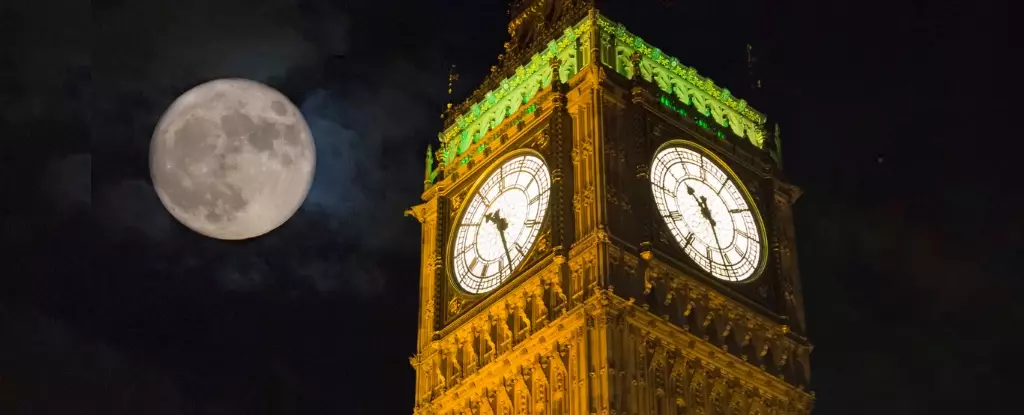The White House has recently made an announcement directing NASA to create a unified time standard for the Moon and other celestial bodies. This decision comes as governments and private companies are increasingly competing in space exploration. The aim is to set international norms beyond Earth’s orbit, in order to ensure safety and accuracy for missions to the Moon, Mars, and beyond.
The White House Office of Science and Technology Policy has emphasized the importance of establishing celestial time standards for the successful operation of missions in space. OSC suggests that time passes differently in space depending on the positions, with the example of time passing more slowly near celestial bodies where gravity is stronger. Therefore, a consistent definition of time among operators in space is critical for space situational awareness capabilities, navigation, and communications.
The White House has instructed NASA to develop a plan by the end of 2026 for a new time standard called Coordinated Lunar Time (LTC), which will be linked to the Coordinated Universal Time (UTC) used on Earth. The goal of this initiative is to improve navigation and operational efficiency for missions particularly in cislunar space, which is the region between Earth and the Moon.
The new time standard will focus on traceability to UTC, accuracy to support precise navigation and scientific endeavors, resilience to loss of contact with Earth, and scalability to environments beyond cislunar space. While technical specifics for establishing a lunar time standard were not detailed, elements of the existing standard on Earth may be adopted for this purpose.
The United States is planning a return to the Moon in 2026, marking humanity’s first lunar landing since the Apollo 17 mission in 1972. With the establishment of a unified time standard for celestial bodies, this mission and future missions to the Moon, Mars, and beyond will benefit from improved safety, accuracy, and operational efficiency.
The creation of a standard like Coordinated Lunar Time is a crucial step in advancing space exploration and ensuring the success of missions beyond Earth’s orbit. By establishing consistent time standards for celestial bodies, we can enhance space situational awareness, navigation, and communications, ultimately paving the way for future discoveries and achievements in the realm of space exploration.


Leave a Reply